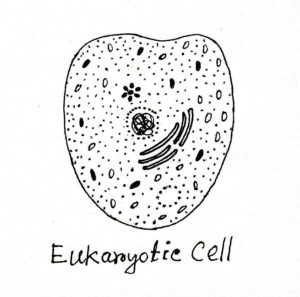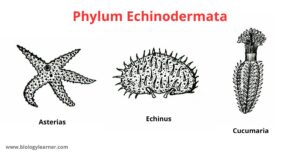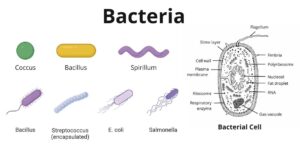
Isolation of Eukaryotic DNA: Objective, Principle, Requirements, Procedure, Precautions
DNA (Deoxyribonucleic acid) isolation is the process by which DNA is extracted from proteins, membranes, and other cellular materials contained in the cell. In Eukaryotic cells (Human, plant, and animal…









